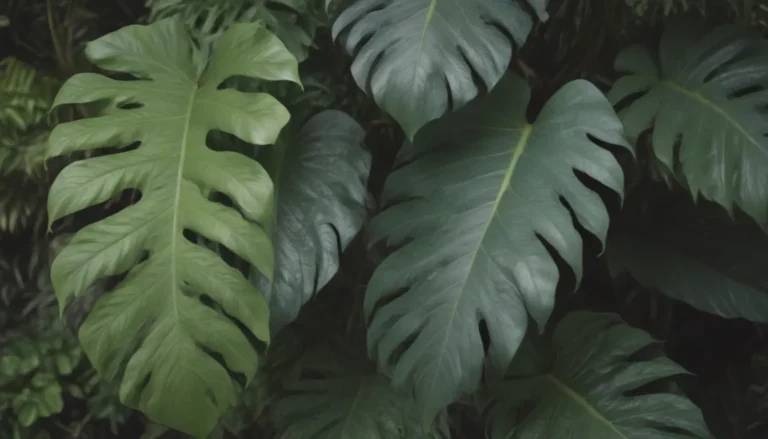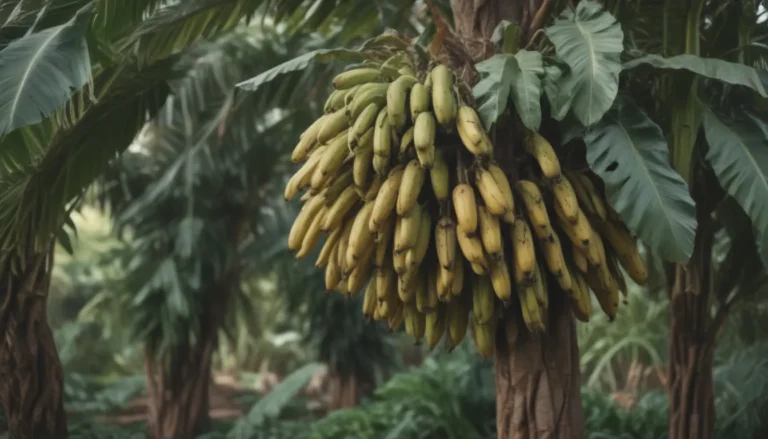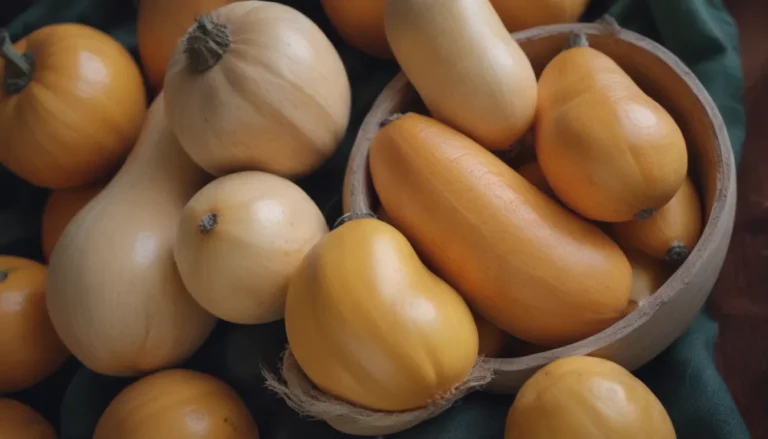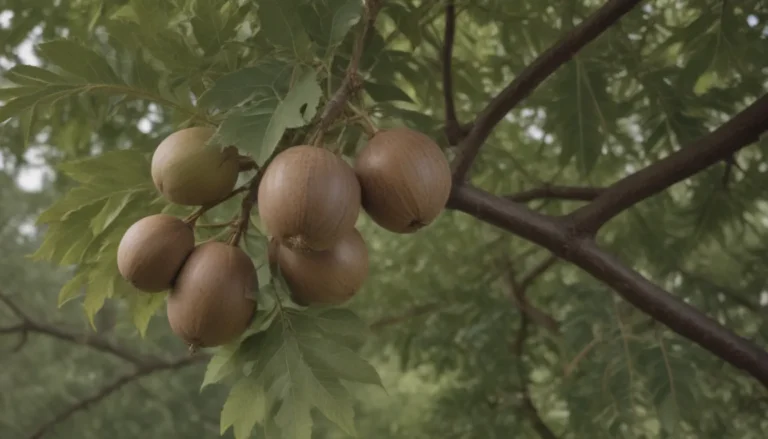Understanding USDA Hardiness Zones for Planting
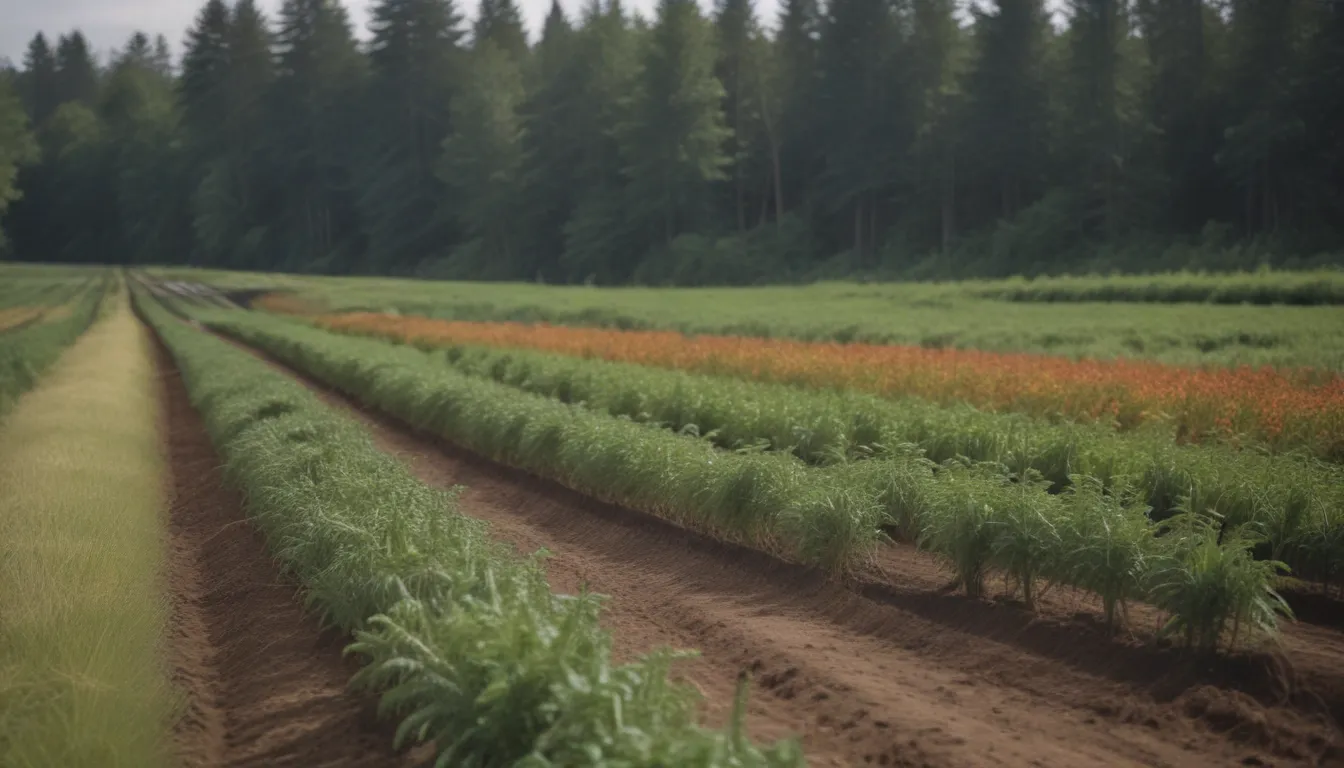
Are you struggling to choose the right plants for your garden or yard? It can be challenging to know which flowers, shrubs, trees, and herbs will thrive in your specific climate. That’s where the USDA hardiness zone maps come in handy. These maps are a valuable tool for gardeners looking to select plants best suited for their region’s average temperatures.
What are USDA Hardiness Zones?
The USDA hardiness zones are based on extreme minimum temperatures and indicate the average temperatures a region experiences during the winter months. By understanding your USDA hardiness zone, you can choose plants that are more likely to thrive in your area’s climate.
It’s important to note that while these zones are helpful guidelines, they do not account for extreme maximum temperatures or unexpected heat waves that may impact plant growth. However, they serve as a useful starting point for gardeners looking to grow a successful garden.
USDA Hardiness Zone Map Updates
The United States Department of Agriculture (USDA) regularly updates the hardiness zone map to account for changing climate patterns. In 2023, the USDA revised the map to reflect a warming shift, making it approximately 2.5 degrees warmer across the continental U.S. compared to the previous 2012 map. The USDA has been keeping records and publishing these zone maps since 1960, providing valuable information for gardeners across the country.
How to Use USDA Hardiness Zone Maps
When using USDA hardiness zone maps, it’s essential to locate your specific zone to determine which plants are best suited for your region. Here’s a helpful guide to understanding the USDA hardiness zones in different states and territories:
- Alabama USDA Zone Map:
- Zones 7b through 9b are represented in Alabama.
- Alaska USDA Zone Map:
- Zones 1a through 8b are represented in Alaska.
- Arizona USDA Zone Map:
- Zones 5b through 10a are represented in Arizona.
- Arkansas USDA Zone Map:
- Zones 7a through 8b are represented in Arkansas.
By referencing the color-coded legend on the map and matching it to your zone, you can easily determine which plants are suitable for your specific climate. When purchasing plants or sowing seeds, always refer to the care instructions to ensure they are well-suited for your USDA zone. Some plants may be able to survive in lower temperature zones if brought indoors during the winter months.
Tips for Planting in USDA Hardiness Zones
Here are some additional tips to help you make the most of your USDA hardiness zone when selecting plants for your garden:
- Prioritize Native Plants:
- Choose plants that are native to your region, as they are more likely to thrive in your local climate.
- Consider Microclimates:
- Be aware of microclimates within your yard or garden, as certain areas may experience different temperature ranges.
- Test Soil Quality:
- Ensure soil quality is suitable for the plants you choose by conducting a soil test to assess nutrients and pH levels.
- Plant at the Right Time:
- Planting at the appropriate time based on your USDA zone can improve plant survival and growth.
Conclusion
In conclusion, understanding and utilizing USDA hardiness zones can significantly impact the success of your garden or landscaping efforts. By selecting plants that are well-suited for your specific climate, you can create a thriving and beautiful outdoor space. Take advantage of the valuable information provided by USDA hardiness zone maps to make informed decisions when choosing plants for your yard or garden. Happy planting!
